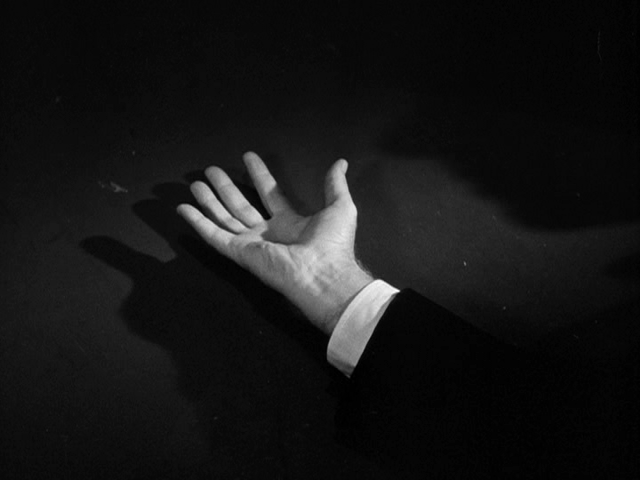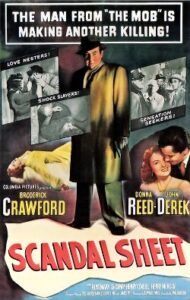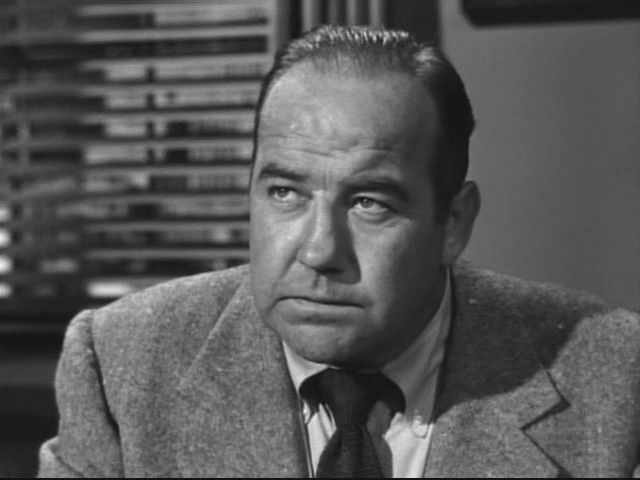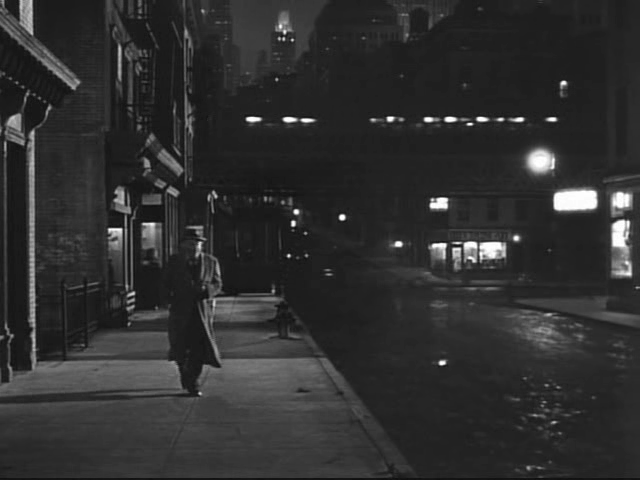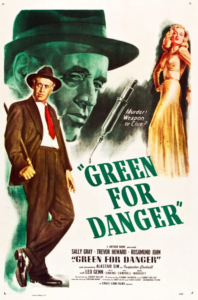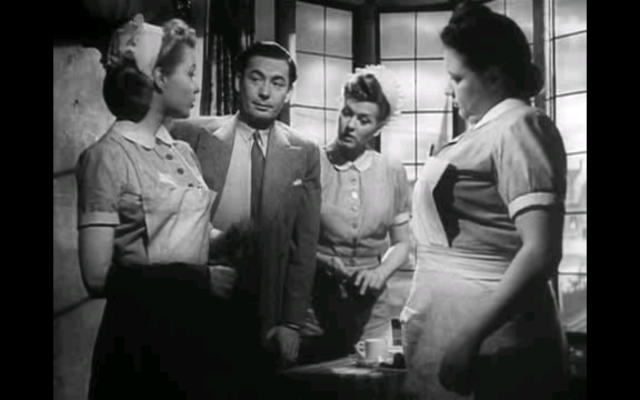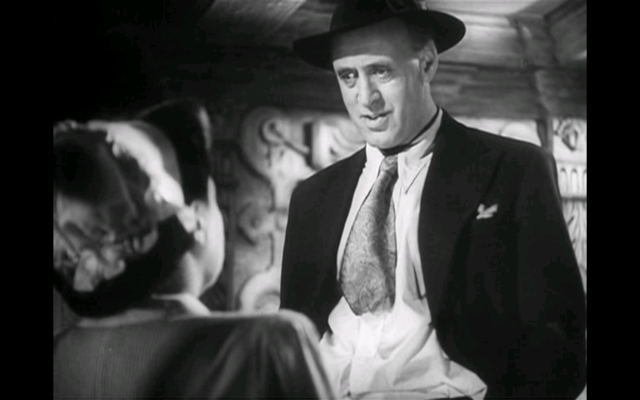Born to Kill (1947)
“You’re strength… excitement… and depravity.”
|
Synopsis: |
|
Genres, Themes, Actors, and Directors:
Review: While in some ways gruff-guy Tierney (best known for playing the title role in 1945’s Dillinger) is perfectly cast, he’s ultimately not a nuanced enough actor to bring Wild’s inner life to the surface; we never get a sense of him as anything other than a menacing hulk — and, given his lack of charisma, it’s difficult to see why so many women would fall head over heels for him. (He’s handsome and strong — definitely “not a turnip”, as one character puts it — but not THAT handsome!) Trevor, however, does wonders with her challenging role, managing to make Helen sympathetic even as she stupidly gives up a life of luxury and contentment (with dull but moneyed Phillip Terry) for the questionable [sexual] thrills afforded her by Tierney. While there’s much critical discussion of Trevor’s dramatic eyebrow-raising throughout the film, I find her performance refreshingly sincere. The cast of supporting performers are mostly fine as well, with reliable B-actor Elisha Cook, Jr. playing nicely against type (sort of) as a care-taking “George” to Tierney’s “Lennie” (he has a bit more spunk here than in his usual roles), and the inimitable Esther Howard — whose grotesquely fascinating face is as creaky and crooked as a jalopy — equally effective as the catalyst who brings Walter Slezak’s sleazy PI to San Francisco. Less impressive is Audrey Long as Trevor’s conveniently naive and gold-hearted foster sister, who is simply too beautiful to be credible as a wealthy heiress so easily won over by an uncultured lout like Tierney. Other elements of the plot strain credulity as well, simply through lack of sufficient explanation — i.e., what is Tierney’s relationship, past and present, with Cook, Jr.? How did Trevor get to be Long’s “foster sister”, and why is Long so loyal to her? Ultimately, however, one watches a picture like this simply to see how the corrupt protagonists will meet their ends — and the ride until then (implausibilities aside) is mostly satisfying, thanks to Trevor’s memorable performance, some crackling dialogue, and Robert De Grasse’s noir-ish cinematography. Redeeming Qualities and Moments:
Must See? Categories
Links: |
